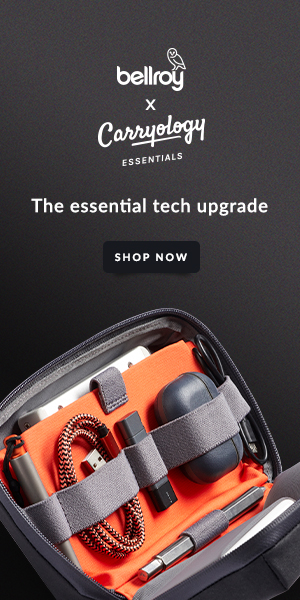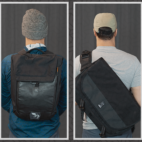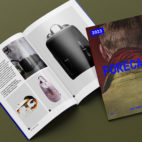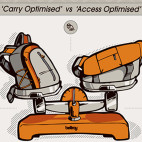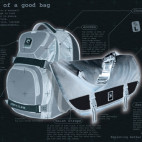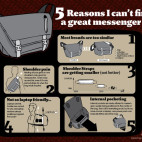Carry 101 :: Building a Carry Quiver
When you have the right things on hand, you're more willing to explore the world and roam freely. But knowing what the right things are, and then how to keep the right things on hand, can take years of trial and error. We want to help shortcut those years with the idea of building a Carry Quiver.
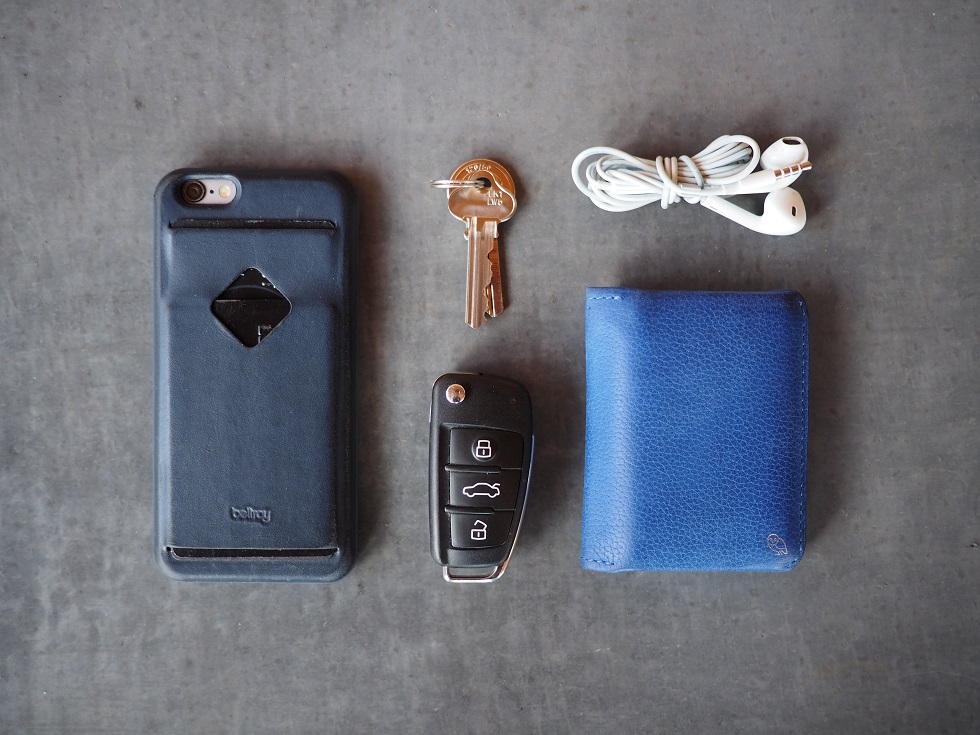
What’s a Carry Quiver?
It's the set of carry kit you keep. Done right, a Carry Quiver means you always have a reasonable way to carry the gear you want, where you want, with the fewest compromises.
Some of us will try to justify 200 different carry pieces, so we always have the perfect bag, suitcase or sleeve. That's called an addiction, and we should probably seek help. For less obsessed folks, it's about finding a few carry pieces that let you adapt to different needs.
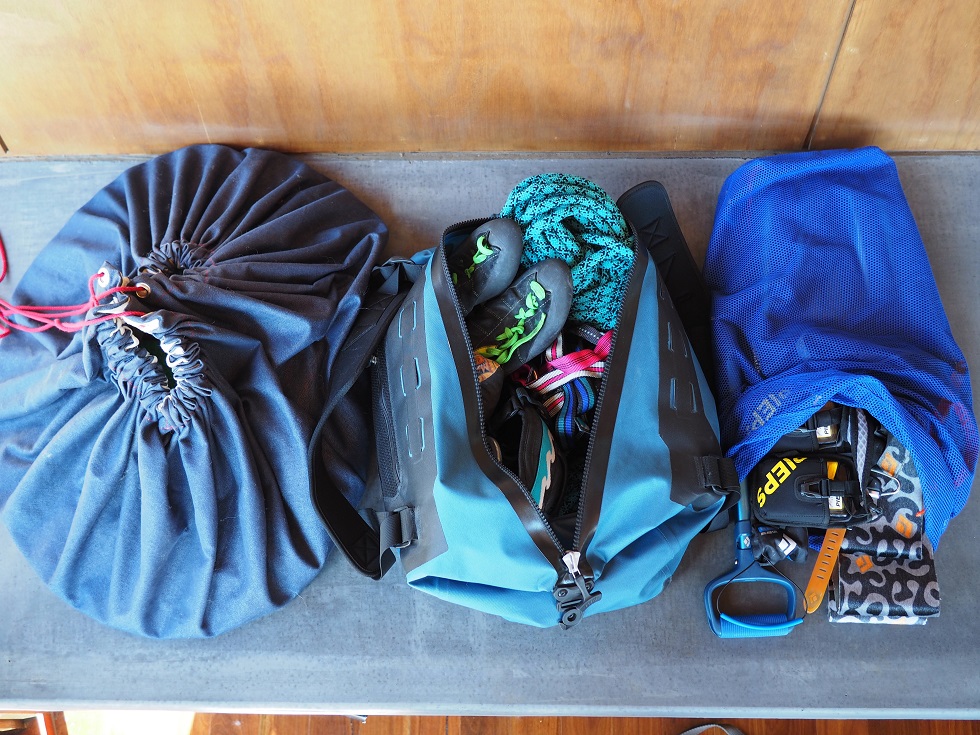
How do I start to build a carry quiver?
First step, get to know what the right things to carry are. It’s different things for different people, but here’s some guidelines to get you started:
Work out the bits you need for everyday. If you haven’t used something in a month, then that’s a sign that it can stay home (or find its way to eBay) – trim down to the essentials.
Consolidate your carry. Invest in multi-purpose items. If you can slip cards and cash in your phone case, then that’s a wallet you don’t need to carry. Or a pack that works well in the office and as a gym bag then…well, you get the picture.
"Done right, a Carry Quiver means you always have a reasonable way to carry the gear you want, where you want, with the fewest compromises."
Understand your daily routine. Your routine is the core of your quiver, and should generally be guided by the most demanding aspect of your day. If you work in a fancy office, that means looking sharp is your most demanding aspect. Digging down a little, if you ride an hour to work, that means a comfortable and weather-resistant pack is something you should build around.
If you have lots of demanding aspects to your carry, then this might become a carry addiction. ;)
And remember to give yourself some buffer. Allow for a little overflow, in case you change things up or add another jacket to beat the cold.

But how do you keep the right things on hand?
You modularise your sometimes. Think of your different activities as plug-ins, adding a module for each activity (i.e. after-work bball games or weekends away). Then keep these ‘ecosystems’ together for a quick grab-and-go.
"Your routine is the core of your quiver, and should generally be guided by the most demanding aspect of your day."
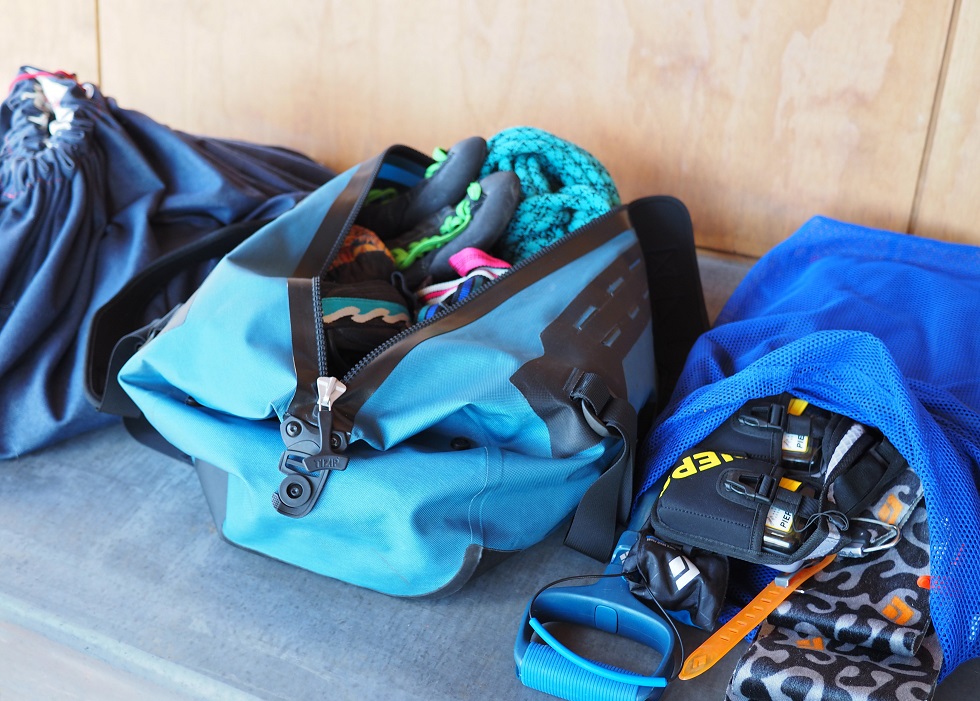
Carry Ecosystems
This framework can be applied to each cluster of things you carry.
Pocket Carry: Generally speaking, you want to only carry the things you'll need each day. Phone, main keys, main cards and some cash. If you can, keep those weird store cards or shed keys stashed in your bag.
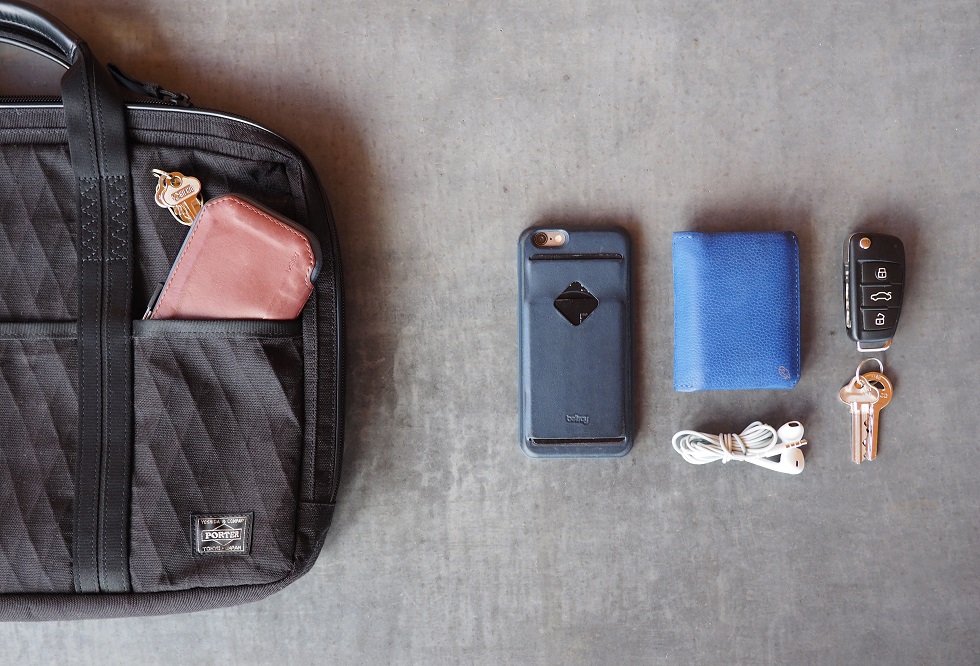
Daily Carry: As we said, build this solution around the most demanding aspect of your day. And trim down to only the essentials.
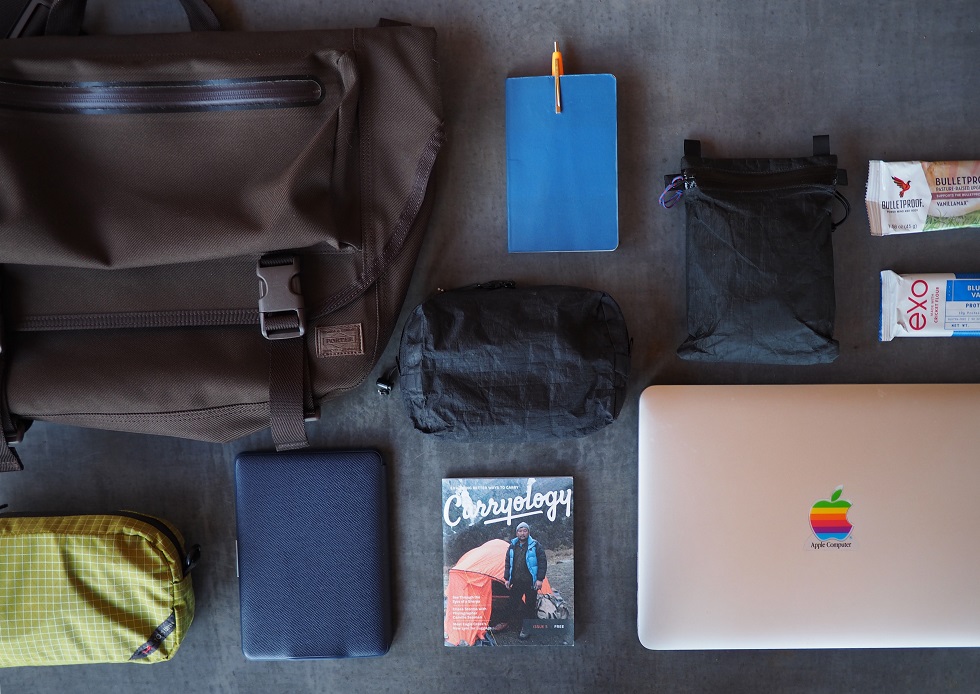
Activity Carry: Perfection is when you can grab and go, without missing things. Keep climbing gear together in a designated climbing bag. Keep gym gear in a slim wet & dry pack, which can slip into your work bag.
"Perfection is when you can grab and go, without missing things."
Trip Carry: While some separate underwear from shirts and socks, we often separate trip carry by activity instead. Keep your formal attire together in a suit bag. Keep swimming togs and sunscreen together in a dry bag. Then bundle them into your suitcase and enjoy the trip.
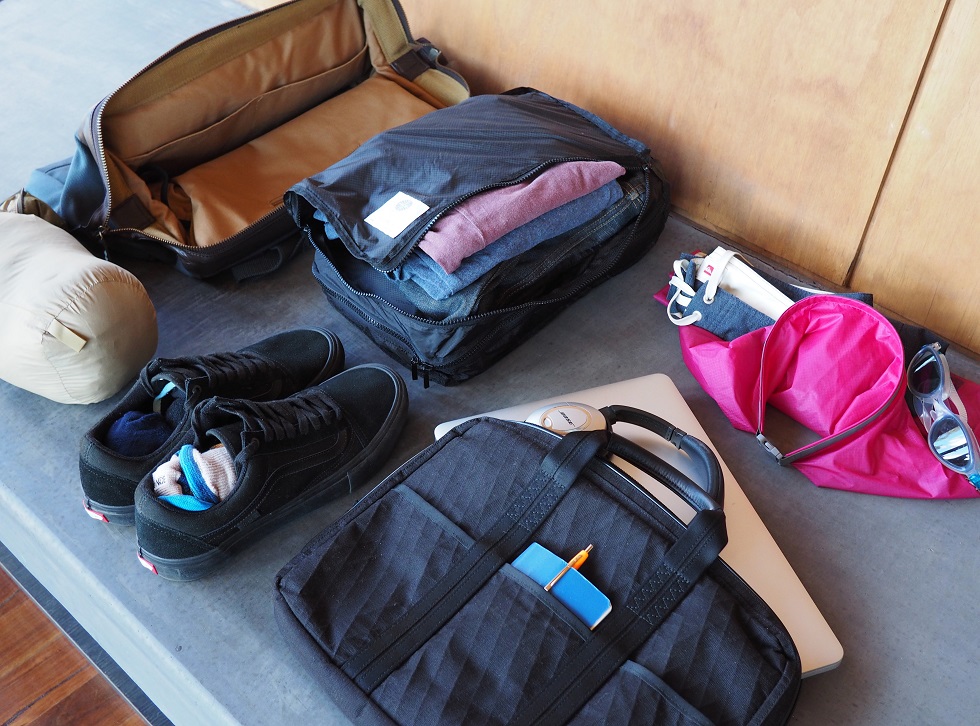





 Carry Awards
Carry Awards Insights
Insights Liking
Liking Projects
Projects Interviews
Interviews


